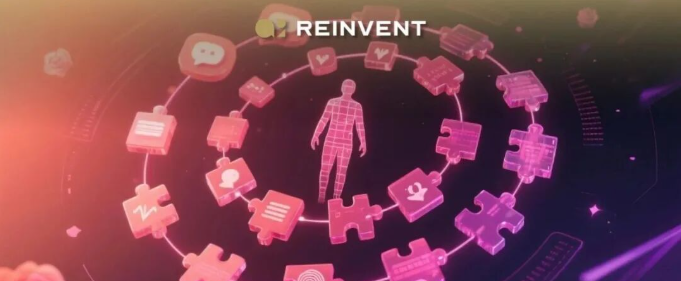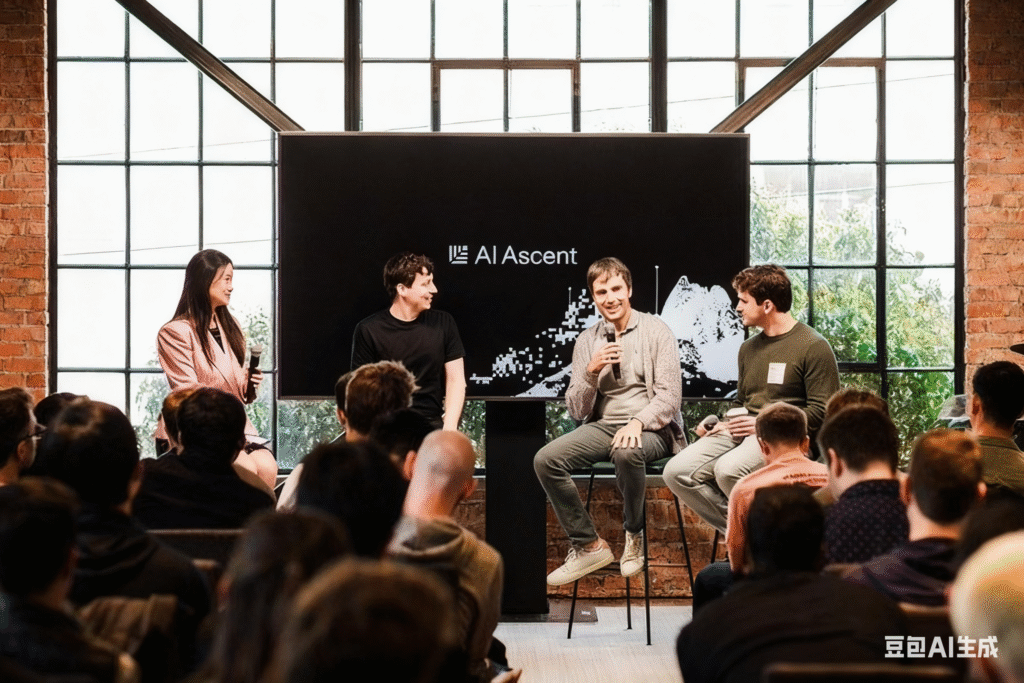The crypto finance industry is undergoing a pivotal transformation—from the era of “wild growth” to a stage of “regulated deepening.” The regulatory framework for stablecoins is becoming clearer, real-world asset tokenization (RWA) is accelerating the bridge between traditional finance and Web3, and the convergence of AI and crypto signals the dawn of a new financial paradigm. This transformation is not only about technological innovation but also about policy compliance, market practice, and ecosystem reconstruction.
Earlier this week, AI Reinvent convened a closed-door roundtable with experts from the crypto and investment sectors to explore this very topic. Below is a comprehensive summary of the core insights, packed with forward-looking perspectives on where the industry is heading.
1. Stablecoins: From “Crypto Tools” to “Financial Infrastructure”
As the bedrock of crypto markets, stablecoins are undergoing a compliance-driven leap forward. The newly introduced Stablecoin Act (Genius Act) in the United States sets out strict rules: issuers must be licensed entities, participation is limited to regulated banks and insurers, and issuers are required to maintain 1:1 reserves in highly liquid assets (e.g., USD, gold). Compliance obligations extend to AML/CFT protocols and full disclosure requirements, shifting stablecoins from anonymous innovation to transparent, auditable financial infrastructure.
This is reshaping the market:
- Traditional institutions are accelerating their entry, with banks and asset managers deploying stablecoins for cross-border payments and custody services.
- Unlicensed crypto-native issuers face consolidation or exit, driving industry concentration.
- Regulatory penetration is becoming the norm, with federal–state collaboration, third-party audits, and stringent redemption guarantees reducing the risk of “de-pegging.”
In practice, stablecoins are already solving real-world pain points:
- In emerging markets with weak currencies, they serve as a hedge against depreciation and as efficient payroll/remittance solutions.
- In compliant jurisdictions like Singapore, businesses are adopting them as cross-border payment supplements, leveraging instant settlement and low-cost transfers.
Still, risks remain: fabricated reserves, regulatory sanctions, taxation ambiguities, and ownership disputes will continue to test compliance wisdom.
2. RWAs: Unlocking Value Through Tokenization
Real-world asset tokenization (RWA) is emerging as the central bridge between traditional finance and the crypto economy—but it faces dual challenges of compliance and adaptation.
- Demand-side: Traditional finance seeks to unlock illiquid assets (e.g., real estate, supply chain receivables) by tokenizing them for higher turnover. Meanwhile, crypto users increasingly prefer low-risk products such as stablecoin + RWA yield strategies for predictable returns.
- Supply-side: Tokenization demands legal clarity on asset rights, bank-grade custody verification, and smart contract-enabled cashflow distribution—all contingent on regulatory frameworks.
Key friction points include:
- Non-standard assets (e.g., SME receivables) are difficult to map with smart contracts due to unstable cashflows.
- Standardized assets (e.g., gold, bonds) face heavy competition from traditional financial channels, limiting on-chain yield appeal.
- Regulatory divergence: The U.S. SEC treats many RWAs as securities, while Asia takes a more cautious stance, complicating cross-border rollouts.
Short-term breakthroughs are appearing in assets offering 5–6% annualized yields—such as supply-chain finance and energy infrastructure—where tokenization reduces financing friction while meeting investor appetite for stable returns. Long-term, tokenizing cashflows from AI-driven services or subscription businesses could further expand the RWA frontier.
3. DeFi Revival: Stablecoins + RWA as the On-Ramp to the Real Economy
DeFi is entering a new growth cycle, powered by the convergence of stablecoins and RWAs. Traditional DeFi models, overly reliant on volatile crypto collateral, struggled with liquidation risks. But RWAs introduce real-asset backing, while stablecoins supply low-risk liquidity, together creating bridges to the real economy.
Key use cases are emerging:
- Compliant DeFi lending: Businesses collateralize RWAs to borrow stablecoins for short-term cashflow needs.
- On-chain asset management: RWA-backed strategy tokens let investors seamlessly access diversified global portfolios.
- Cross-border payments: Stablecoin + DeFi protocols are gradually replacing SWIFT for faster, cheaper settlement.
This evolution ties DeFi directly to corporate finance and global trade.
Risks remain: RWA integration depends on off-chain/on-chain data flows. If oracles are compromised, false asset pricing could trigger mass instability. The industry is responding with multi-oracle validation, off-chain audit nodes, and proactive regulatory structures (e.g., Reg A+ issuance) to mitigate such threats.
4. AI + Crypto: Redefining Payments and Financial Infrastructure
The convergence of AI and crypto is ushering in a new paradigm for financial services.
- In payments: AI-powered agents (e.g., mobile assistants) could become consumer-facing payment actors. Paired with stablecoins and blockchain rails, they enable instant, borderless transactions, transforming retail payments.
- In asset management: AI-driven research, automated market-making, and portfolio allocation of RWAs point to an “AI Agent + Stablecoin + Blockchain” financial stack, shifting finance from human-driven to autonomous.
This integration could democratize access to financial services: SMEs may leverage AI + RWA to streamline asset verification and financing, accelerating financial inclusion.
But regulatory concerns loom: AI + crypto’s cross-border and autonomous nature raises risks of money laundering and regulatory arbitrage. Global coordination will be essential—standardized KYC, AI-agent audit trails, and new supervisory frameworks must balance innovation with oversight.
5. Conclusion: Striking the Balance Between Compliance and Innovation
The consensus across the industry is clear: compliance and innovation must move in tandem. Stablecoins and RWAs must anchor to licensed institutions and legal frameworks to serve as connectors between traditional finance and Web3. AI + crypto integration must solve real pain points—asset verification, cross-border payments, and financing efficiency—so crypto finance can serve the real economy.
The challenges ahead are equally clear:
- Regulatory fragmentation drives high cross-border compliance costs.
- Poor-quality RWAs risk triggering an on-chain subprime crisis, demanding more robust due diligence.
- Centralization risks—from Ethereum validator concentration to stablecoin issuer monopolies—must be countered with multi-chain interoperability and distributed node solutions.
Crypto finance is moving from “experimental” to “infrastructural.” Stablecoins, RWAs, and AI + crypto are pushing the industry into its next cycle. The winners will be those who balance innovation with compliance, efficiency with security—unlocking crypto’s true potential as a driver of real economic value.


